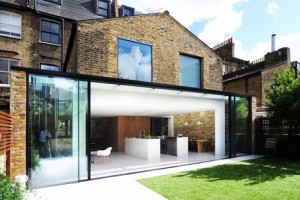Bath Houses

Ever since I first saw it years ago, I’ve admired the Royal Crescent in Bath. Designed and built by John Wood the Younger in the eighteenth century, it is an early example of real estate development informed by smart architectural design. What is remarkable about this housing terrace is that behind the great Palladian façade, which consists of a giant order of Ionic columns atop a rusticated base, are thirty individual houses. It worked like this. Wood and his partner bought the greenfield (literally, it was an undeveloped field) site from the Garrard family, and subdivided it into 30 lots.

